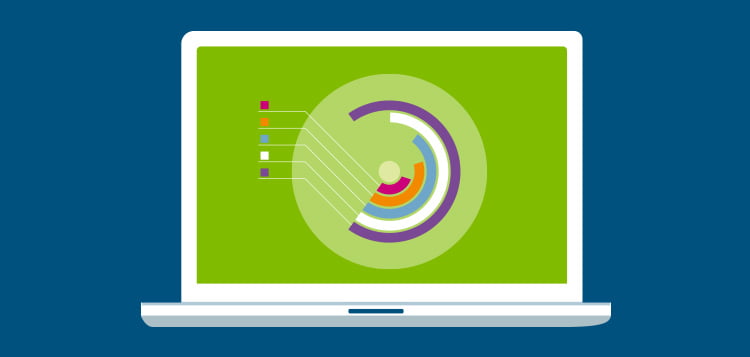The Evolution Of Website Design: From Past To Existing
The Evolution Of Website Design: From Past To Existing
Blog Article
Uploaded By-Jonasson Harding
In the past, web sites were easy and concentrated on details. Navigating was direct, and style was for desktop computers. Now, customer experience is key. Data overviews layouts for easy navigation. Receptive layouts fit various devices. Today, dark setting decreases stress, and minimal menus boost navigation. Interactive features involve users, and bold visuals stand out. AI combination increases engagement. See just how layout has actually evolved to improve your on the internet trip.
Very Early Days of Website Design
In the very early days of web design, simpleness reigned supreme. Sites were basic, with limited colors, font styles, and layouts. The emphasis was on providing information as opposed to flashy visuals. Individuals accessed the web through slow-moving dial-up links, so speed and capability were vital.
Navigating menus were straightforward, commonly located at the top or side of the page. Sites were developed for desktop computers, as mobile browsing wasn't yet prevalent. Web content was king, and developers prioritized very easy readability over intricate layout elements.
HTML was the key coding language utilized, and designers had to work within its restrictions. Animations and interactive attributes were minimal contrasted to today's requirements. Sites were static, with little dynamic web content or individualized customer experiences.
Surge of User-Focused Layout
With the advancement of web site layout, a shift towards user-focused style concepts has actually come to be significantly famous. Today, creating web sites that focus on individual experience is critical for engaging visitors and attaining business objectives. User-focused layout involves understanding the requirements, preferences, and habits of your target audience to tailor the site's design, web content, and includes as necessary.
Designers currently carry out detailed study, such as individual surveys and functionality testing, to gather understandings and responses straight from individuals. This data-driven method aids in producing instinctive navigating, clear calls-to-action, and aesthetically attractive user interfaces that reverberate with visitors. By positioning the customer at the center of the layout process, web sites can supply a much more tailored and satisfying experience.
Responsive style has also become a crucial facet of user-focused style, ensuring that websites are maximized for different tools and screen dimensions. seo in google search enhances access and functionality, catering to the varied ways customers connect with web sites today. Basically, the surge of user-focused design signifies a change in the direction of producing electronic experiences that prioritize the requirements and expectations of completion user.
Modern Trends in Website Design
Check out the most up to date patterns shaping web design today. web search optimization is dark setting design, supplying a smooth and contemporary look while minimizing eye strain in low-light environments. Another key pattern is minimalist navigating, streamlining menus and enhancing user experience by focusing on essential elements. Integrating micro-interactions, such as animated switches or scrolling results, can create a much more interesting and interactive site. Receptive style continues to be critical, ensuring seamless individual experiences across numerous tools. Additionally, utilizing bold typography and unbalanced layouts can add visual passion and accentuate particular material.
Incorporating AI technology, like chatbots for customer assistance or personalized referrals, enhances user engagement and improves processes. Ease of access has additionally become a significant pattern, with designers focusing on inclusive layout practices to accommodate diverse customer demands. Accepting sustainability by maximizing site performance for speed and efficiency is another emerging trend in web design. Working together with customer responses and information analytics to repeat and boost design continuously is vital for staying relevant in the ever-evolving digital landscape. By embracing these contemporary fads, you can create an aesthetically enticing, straightforward web site that resonates with your target market.
Verdict
As you reflect on the development of internet site design from the very early days to currently, you can see how user-focused design has actually become the driving force behind modern-day fads.
Accept the trip of adjustment and adaptation in website design, always maintaining the customer experience at the forefront.
Keep present with the latest trends and technologies, and never ever quit evolving your strategy to develop aesthetically spectacular and user-friendly websites.
Progress, adapt, and produce - the future of web design is in your hands.
